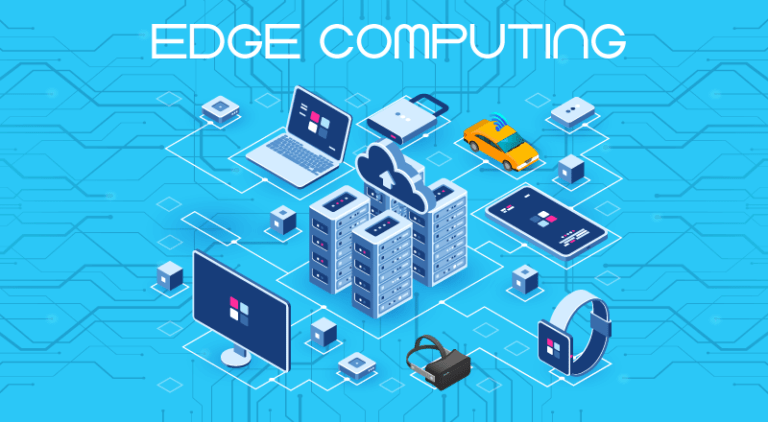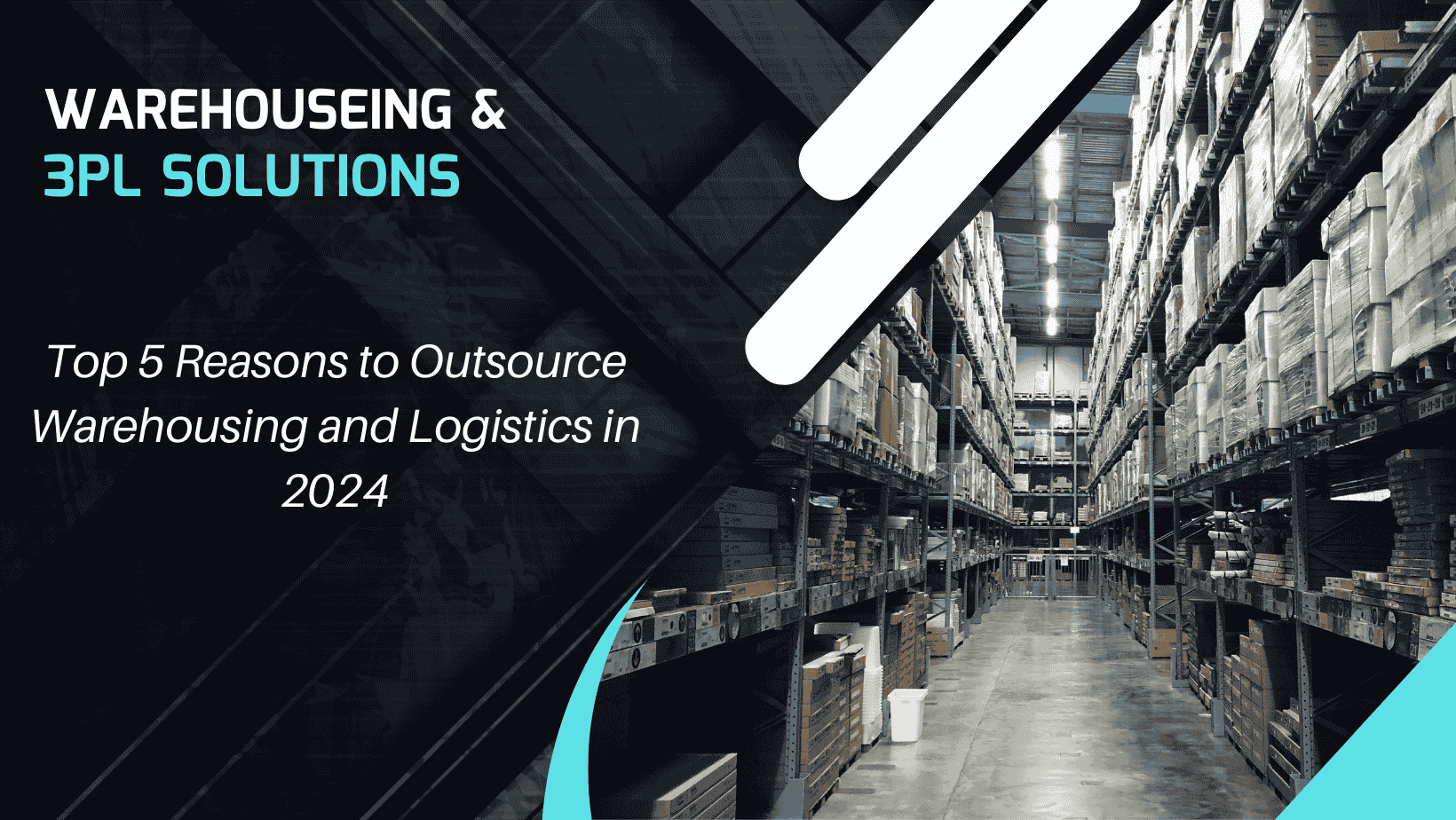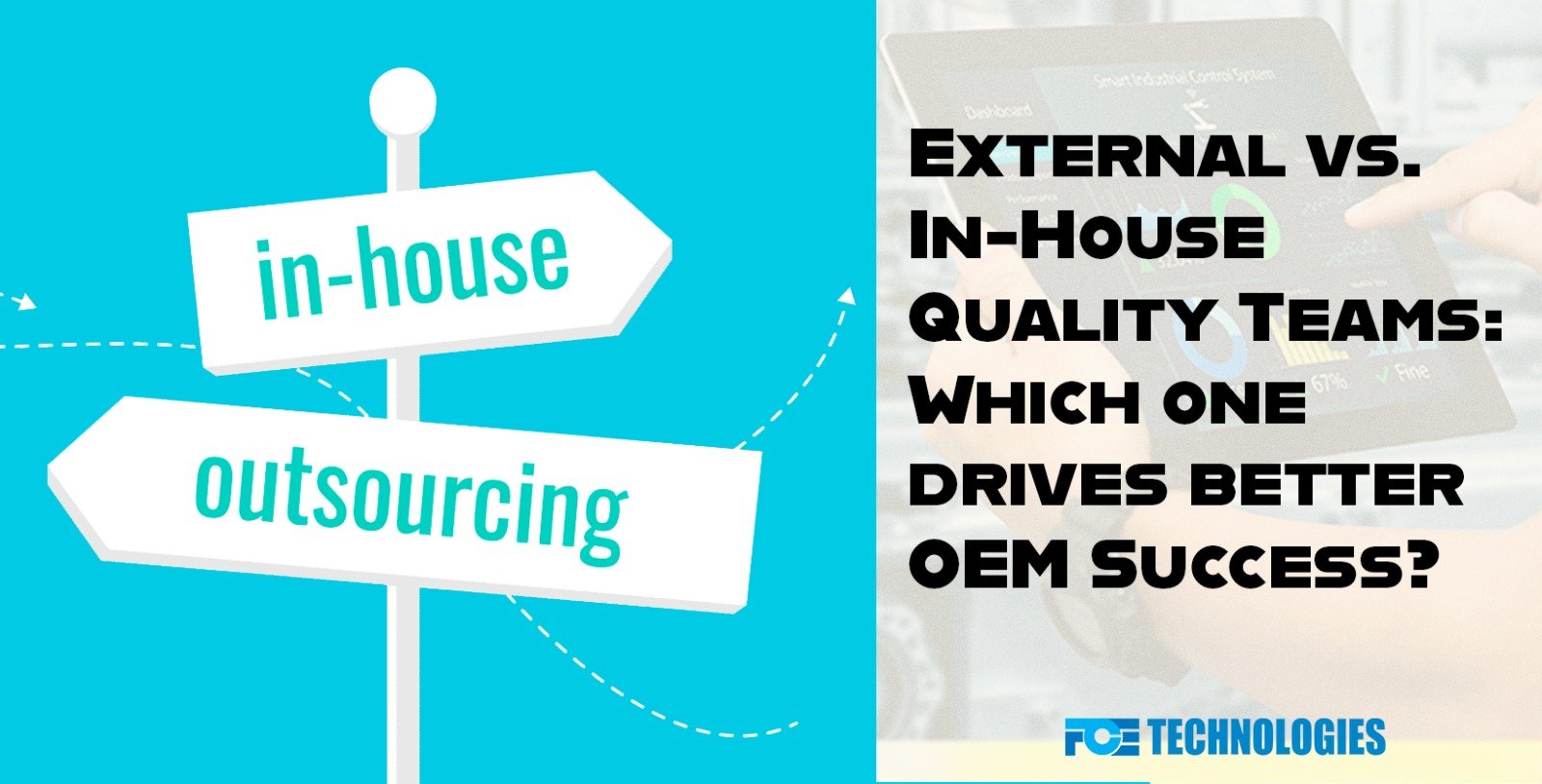Edge Service
An edge service is a component that is exposed to the public internet and serves as a gateway to other services, also known as platform services. A good example of this is a reverse proxy like Nginx, which routes public HTTP requests to the appropriate platform service. In the above example, Nginx acts as an edge service for two resource servers. It routes requests for images to one server and requests for text to another.
Edge-To-Cloud Movement
The growing demand for real-time data-driven decision-making has fueled the edge-to-cloud movement. For instance, autonomous driving technologies depend on artificial intelligence and machine learning to identify an object within a fraction of a second and take immediate action to avoid collisions. In the same way, organizations are facing the challenge of ensuring that data flows seamlessly from endpoints to cloud-based systems. Ultimately, the development of autonomous vehicles depends on intelligent traffic control signals and data collection. This means that autonomous vehicles need real-time data and a fast network. However, when choosing a provider, it’s important to consider the ethical issues associated with edge computing. For example, smart devices connected to the internet have the potential to listen to conversations and record private data. This could be used by the creators of the smart devices for proprietary purposes.
User Experiences
Edge computing provides the flexibility and agility necessary to deliver services faster and more efficiently to consumers. It also helps reduce the amount of administration required by an organization and enables a uniform management system for diverse devices. It also makes it easier to apply enterprise policies and governance, so that data and information can be accessed from the right location at the right time. It is important to select a vendor with a proven multi-cloud platform and a full suite of edge service capabilities. Edge services enable consumers to access information faster and easier. Consumers want to be able to access information from any location and at any time. With the right services, they won’t have to worry about troubleshooting and repair. Imagine being able to ask your blender why it doesn’t make smoothies.
Edge Computing Advantage
Edge computing also has the potential to create a competitive advantage. It may even justify the cost of a premium service. While edge servers aren’t able to subsume the entire cloud or all services, they do provide a significant advantage. An edge server may even be a single server located in the wiring closet. Edge computing is a new paradigm that brings the power of the cloud to the edge of your organization’s network. By bringing critical enterprise data services to the edge, organizations can leverage the advantages of both cloud computing and on-premises resources, with the added benefit of flexibility. It is also a way to improve management of physical assets and to utilize smart equipment.







